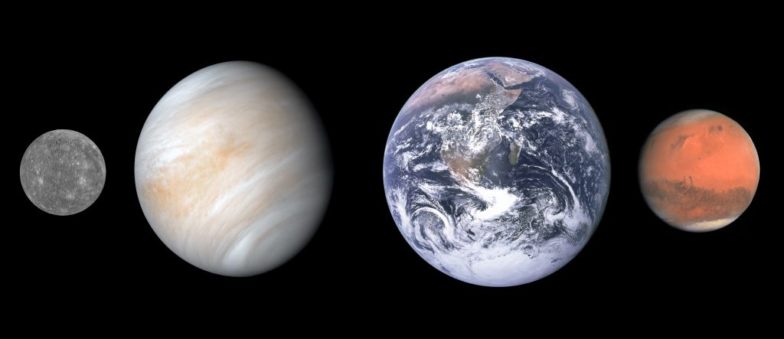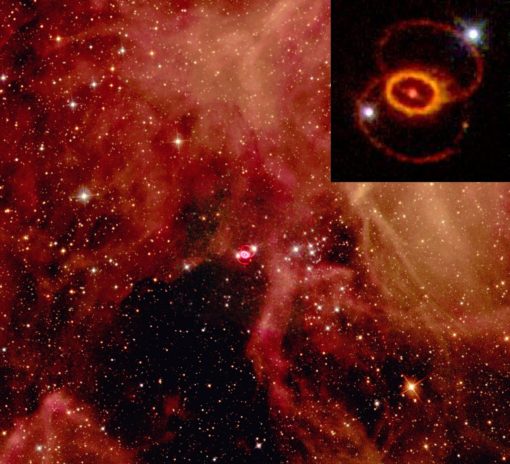Are Tsunamis Natural or Moral Evil?
Skeptics often point to natural disasters as a reason to reject God’s existence. Yet a recent status update on the Caribbean tsunami warning system demonstrates how a significant loss of life and a large proportion of property damage can be avoided during a tsunami if our communities are willing to invest appropriate resources into disaster preparedness. It turns out that much of the pain, suffering, and death that results from natural activities, such as earthquakes and tsunamis, is due to poor decision-making and human moral failing, not the design of the natural realm.
If God is all-powerful, all-knowing, and all-good why is there so much pain and suffering in the natural realm? Why is there so much death and destruction? Why are there so many “flawed designs”?
For many skeptics, the so-called problem of natural evil undergirds their rejection of the Christian faith. They argue that it is logically incompatible for the world we inhabit to be the work of a Creator when so much widespread pain and suffering exists—agony caused by flawed designs and natural disasters.
In fact, about a month ago, atheist Seth Andrews (known as The Thinking Atheist on YouTube) posted a video entitled “Intelligent Design” on the Richard Dawkins Foundation for Reason and Science website. The video powerfully raises the concern about natural evil by juxtaposing statements about the Creator’s benevolence and power with images of natural disasters and carnivorous activity.
A few weeks ago, I recorded a short video response to Andrews’ video, in which I make the following points.
- The problem of natural evil is a legitimate response to the design argument and merits a thorough response by Christians.
- Throughout the centuries, Christian theologians, philosophers, and scientists have wrestled with the problem of evil and have, indeed, offered rigorous, thoughtful answers to this challenge.
- Often, so-called “bad designs” in nature actually turn out to be elegantly designed systems, when better understood. (Go to our RTB 101 page Bad Designs for more information on this point.)
- Following from the previous point, there are good reasons why things are the way they are. Take earthquakes and tsunamis as an example. These processes result from tectonic activity. If you want to have an Earth without earthquakes and tsunamis, you would have to have an Earth devoid of tectonic activity—but then you would also have an Earth devoid of life (much like Mars and Venus). The high level of tectonic activity on our planet makes life possible.
- Tectonic activity is responsible for creating the continents, thus providing habitable environments for advanced life.
- Tectonics allows nutrients to cycle through Earth’s biosphere, making life possible on the planet for nearly 4 billion years.
- Tectonic activity plays a key role in regulating our planet’s temperature within a range that allows advanced life to thrive through the carbonate-silicate cycle.
- In many instances, natural evil is actually moral evil in disguise. That is, in many instances, the pain, suffering, and death that results from natural disasters stems from poor decisions and human moral failings. As a case on point, I wrote about two engineers who demonstrated that, in the last three decades, 83 percent of all earthquake-related deaths are directly attributable to government corruption (see here).
A recently published perspectives piece reinforces my final point.1 The article provides a status update on the progress being made on implementing a warning system for tsunamis (and other coastal hazards) in the Caribbean. This project was started in 2006, when only a dozen seismic stations and a few educational resources existed. Today, more than 115 seismic stations and 55 sea level stations are in place. Additionally, 84 GPS stations are in service in the region. Tsunami inundation and evacuation maps are being developed and emergency response drills have been initiated in many of the countries in the Caribbean.
There is still much work left to be done, but these completed steps will undoubtedly save lives and property when the next tsunami strikes the region. In other words, the deliberate choice and investment on the part of UNESCO and the regional states of the Caribbean will mitigate death and destruction.
The urgency of this project stems from the explosive growth of residents, visitors, infrastructure, and economic activity along the Caribbean coastline. At any point in time, nearly 1 million people are in harm’s way if a tsunami should strike. That is, people have deliberately chosen to live and conduct business in a hazardous area.
Since the 1500s, observers have documented over 75 tsunamis in the Caribbean. However, statistics indicate that since 1842, only 3,446 people have been killed by these tsunamis and almost half that number resulted from a tsunami that hit the Dominican Republic in 1946. Yet, because people choose to occupy the coastline areas or because their governments neglect such safety issues, nearly 1 million people are now vulnerable to these killer waves. These situations create scenarios in which thousands of people die and many more lives are ruined when tsunamis and earthquakes hit.
Don’t hold God responsible when this happens; blame human short-sightedness and moral failings.
Endnotes
- Christa von Hillebrandt-Andrade, “Minimizing Caribbean Tsunami Risk,” Science 341 (August 30, 2013): 966–68.






